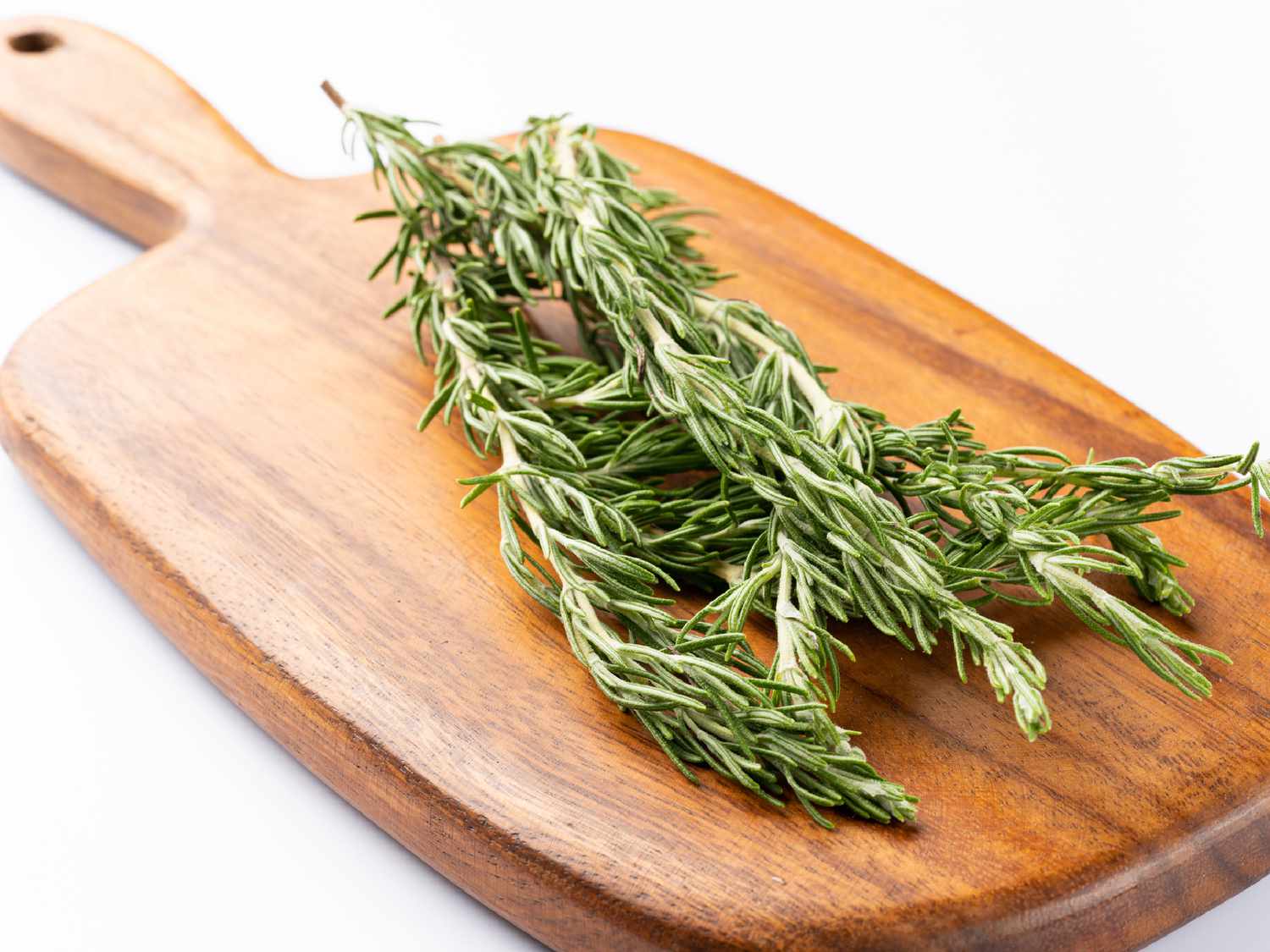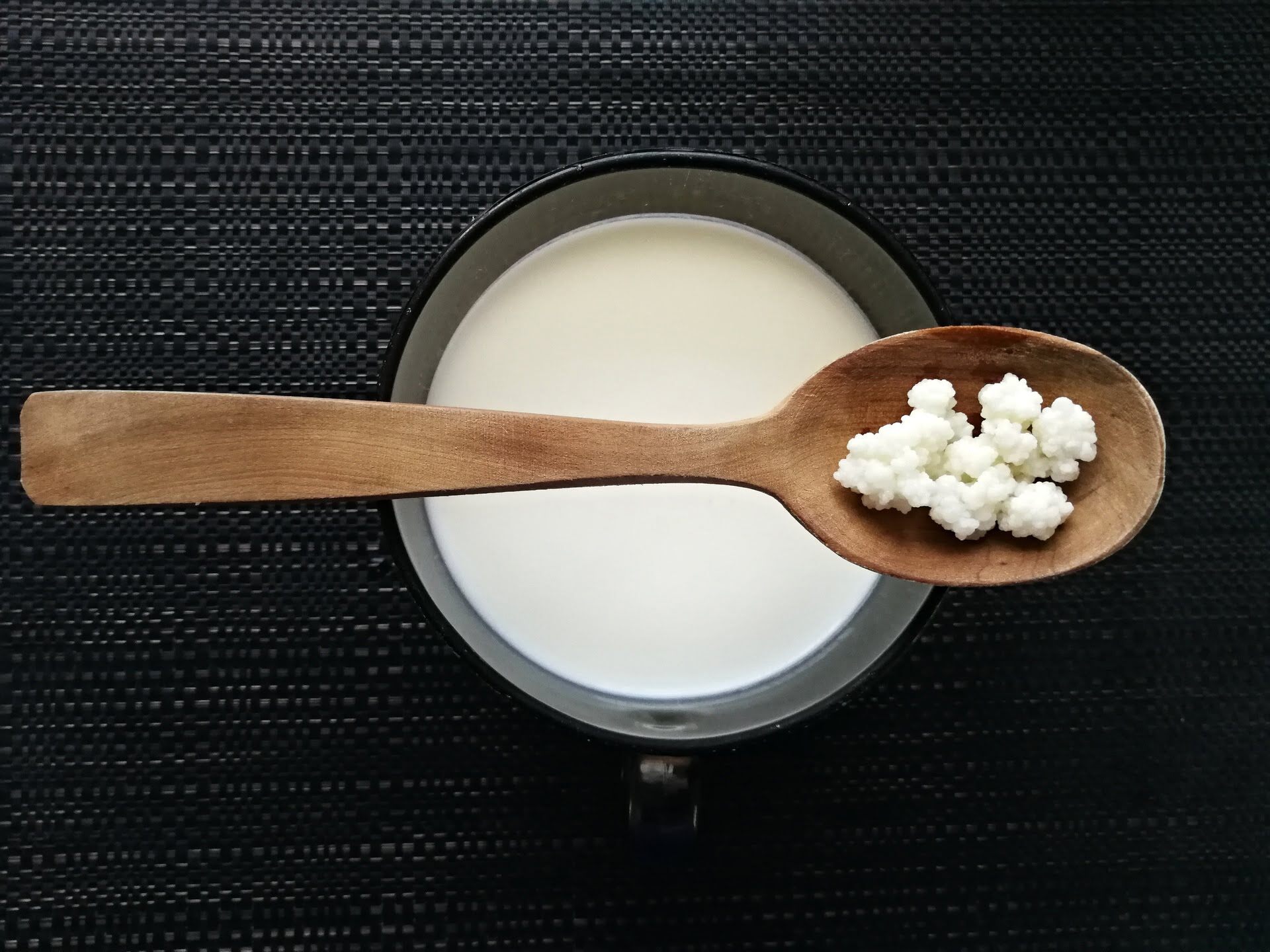

Articles
How To Store Crostini
Modified: August 27, 2024
Looking for articles on how to store crostini? Find step-by-step instructions and helpful tips for keeping your crostini fresh and delicious for longer.
(Many of the links in this article redirect to a specific reviewed product. Your purchase of these products through affiliate links helps to generate commission for Storables.com, at no extra cost. Learn more)
Introduction
Welcome to this guide on how to store crostini! If you’re a fan of this delightful Italian appetizer, you know that getting the perfect crispy, flavorful bite is crucial. But what happens when you have leftovers or want to prepare crostini in advance for a party or gathering? The good news is that with the right techniques, you can store crostini without sacrificing their taste and texture.
In this article, we’ll walk you through the process of properly storing crostini to keep them fresh and delicious. From choosing the right bread to assembling and storing them correctly, we’ll cover all the essential steps to ensure your crostini remain crisp and flavorful even after storage.
So, let’s dive in and learn how to keep your crostini fresh!
Key Takeaways:
- Choose crusty, day-old bread for perfect crostini. Balance flavors and textures in toppings for a delightful experience. Store in airtight containers for 1-2 days or freeze for longer shelf life.
- Reheat crostini in the oven, toaster oven, skillet, or air fryer to restore crispiness. Follow tips to maintain freshness and enjoy delightful crostini anytime.
Read more: How To Store Store-Bought Bread
Choosing the Bread
When it comes to crostini, the bread you use plays a significant role in achieving the perfect texture and flavor. While traditional crostini is made with baguette slices, you have the flexibility to choose different types of bread based on your preferences.
Here are a few tips to consider when choosing the bread for your crostini:
- Crusty Bread: Opt for a bread with a crispy crust, as it will provide the desired texture for crostini. Baguettes, ciabatta, and French bread are excellent choices.
- Day-Old Bread: Slightly stale or day-old bread works best for crostini. It will hold up better during the toasting process and retain its shape without becoming overly crunchy.
- Sliced or Unsliced: You can choose pre-sliced bread or whole loaves that you can later cut into slices. Both options work well, so go with what is convenient for you.
- Gluten-Free Options: If you have dietary restrictions, look for gluten-free bread options that will toast well and hold up for the crostini.
Remember, the quality of the bread will directly impact the taste and texture of your crostini. So, choose a bread that is fresh, sturdy, and complements the flavors of your toppings.
Now that you have chosen the bread, it’s time to move on to preparing the crostini toppings.
Preparing the Crostini Toppings
The beauty of crostini lies in the variety of toppings you can use to create a delicious and flavorful bite. Whether you prefer classic combinations or want to get creative with unique flavors, here are some tips for preparing your crostini toppings:
- Fresh Ingredients: Use fresh, high-quality ingredients to enhance the overall taste of your crostini. Opt for ripe tomatoes, fragrant herbs, and flavorful cheeses.
- Balance Flavors: Consider a balance of flavors when selecting your toppings. Incorporate a combination of sweet, savory, and tangy elements to create a well-rounded crostini.
- Preparation Techniques: Prepare your toppings in a way that complements the bread. For example, roast vegetables for a smoky flavor, sauté mushrooms for richness, or marinate tomatoes to enhance their juiciness.
- Consider Textures: Include a variety of textures in your toppings to add interest and depth to your crostini. Pair creamy cheese with crunchy nuts or crisp vegetables with tender protein.
- Portion Sizes: Keep in mind the size of your toasted bread slices when preparing the toppings. Ensure that the portions are small enough to fit comfortably on the crostini without overwhelming them.
By taking these factors into account, you’ll create crostini toppings that complement the bread and elevate the overall flavor profile of your appetizer.
Now that you have your bread and toppings ready, let’s move on to assembling and storing the crostini.
Assembling and Storing Crostini
Once you have your bread slices toasted and your toppings prepared, it’s time to assemble and store the crostini. Here’s a step-by-step guide to help you through the process:
- Start by placing the toasted bread slices on a clean surface or platter.
- Add a small amount of your chosen topping to each slice of bread. Be mindful not to overload them, as it might make them soggy.
- If you’re using ingredients that are sensitive to moisture, such as fresh tomatoes or delicate herbs, consider assembling the crostini just before serving to ensure they stay fresh and vibrant.
- In case you have more crostini than you plan to serve immediately, you can store the extra ones for later use.
- To store, place the crostini in an airtight container. Ensure they are in a single layer and not stacked, as stacking might cause them to become soggy.
- If you need to stack the crostini, place a piece of parchment paper or wax paper between each layer to prevent them from sticking together.
- Once the crostini are properly stored, seal the container tightly to maintain freshness.
When it comes to storage duration, it’s best to consume the crostini within 24 to 48 hours for optimal taste and texture. Beyond that time frame, the crostini may start to lose their crispness.
Now that you know how to assemble and store crostini, let’s discuss the appropriate storage containers to use.
Proper Storage Containers
Choosing the right storage container is crucial to keeping your crostini fresh and maintaining their crispy texture. Here are a few options for storing crostini:
- Airtight Containers: Opt for airtight containers made of glass or plastic with a secure lid. These containers provide a tight seal, preventing moisture from entering and keeping the crostini crisp.
- Zip-Top Bags: If you’re short on space or need a portable storage option, zip-top bags can be a convenient choice. Make sure to remove as much air as possible before sealing the bag to maintain the freshness of the crostini.
- Bread Boxes: If you plan to consume the crostini within a day or two, a bread box can be an excellent storage option. Bread boxes help maintain the right level of humidity, keeping the crostini from becoming too dry.
- Paper Bags: If you’re storing freshly baked crostini and want to maintain their crustiness, you can use paper bags. The bags will help absorb excess moisture, preventing the crostini from getting soggy.
Remember, whichever storage container you choose, ensure it is clean, dry, and properly sealed to maximize the shelf life of your crostini.
Now that you know about the proper storage containers, let’s talk about how long you can store crostini before they start to lose their freshness.
Store crostini in an airtight container at room temperature for up to 3 days. To maintain crispness, place a paper towel in the container to absorb any excess moisture.
Read more: How To Store Basil From Grocery Store
Length of Storage
The shelf life of crostini largely depends on the ingredients used and how they are stored. While crostini are best enjoyed fresh, they can be stored for a certain period without significant loss of quality. Here’s a general guideline for how long you can store crostini:
- One to Two Days: Crostini can typically be stored at room temperature for one to two days. Ensure they are stored in an airtight container or sealed plastic bag to maintain their crispness.
- Refrigeration: If you need to store crostini for a slightly longer duration, you can refrigerate them. Place the crostini in an airtight container or resealable bag and store them in the refrigerator for up to four to five days.
- Freezing: Crostini can also be frozen for future use. To freeze them, arrange the crostini in a single layer on a baking sheet and place them in the freezer until frozen solid. Once frozen, transfer them to a freezer-safe container or bag. Crostini can be stored in the freezer for up to two to three months.
Keep in mind that while frozen crostini can be thawed and enjoyed, they may not retain the same crispness as freshly toasted ones. It’s best to toast frozen crostini before serving to refresh their texture.
Remember to always use your judgment and inspect the crostini visually and in terms of taste before consuming them if they have been stored for an extended period.
Now that you know how long you can store crostini, let’s move on to the next important topic: reheating them properly.
Reheating Crostini
Reheating crostini is essential to restore their crispy texture and enhance their flavors. Here are a few methods to reheat crostini:
- Oven: Preheat your oven to around 350°F (175°C). Place the crostini in a single layer on a baking sheet and bake for 5-7 minutes or until they become crisp again. Keep a close eye on them to prevent burning.
- Toaster Oven: If you have a toaster oven, you can easily reheat crostini by placing them directly on the toaster oven rack or on a baking sheet. Toast them for a few minutes until they regain their crunch.
- Skillet: Another option is to reheat the crostini on a dry skillet over medium heat. Place the crostini in the skillet, and toast them on each side for a minute or two until they crisp up.
- Air Fryer: If you have an air fryer, it can be a quick and convenient way to reheat crostini. Place the crostini in the air fryer basket and air fry at 350°F (175°C) for a few minutes until they turn crispy.
Regardless of the method you choose, it’s important to keep a close eye on the crostini while reheating to avoid burning them. Once reheated, allow them to cool slightly before serving.
Now that you know how to properly reheat crostini, let’s explore some useful tips for maintaining their freshness.
Tips for Maintaining Freshness
To ensure your crostini stay fresh and delicious, here are some helpful tips:
- Allow Cooling: Before storing the crostini, make sure they have completely cooled down. This will prevent condensation from forming inside the storage container, which can make them soggy.
- Separate Toppings: If you’re storing crostini with different toppings, consider keeping the toppings separate from the bread until ready to serve. This prevents the bread from absorbing moisture from the toppings and becoming soft or soggy.
- Avoid Moisture: Moisture is the enemy of crispy crostini. Ensure the container or bag you use for storage is dry and airtight to prevent any moisture from getting in.
- Reheat Before Serving: To maximize the enjoyment of your crostini, it’s best to reheat them just before serving. This will restore their crunchiness and enhance the flavors of the toppings.
- Store in a Cool Place: While crostini can be stored at room temperature, it’s important to keep them away from heat sources and direct sunlight. Store them in a cool, dry place to maintain their freshness.
- Label and Date: If you’re storing crostini for an extended period, it’s helpful to label and date the container or bag. This way, you can keep track of how long they’ve been stored and prioritize consuming the older ones first.
- Freshen Up Toppings: If you’re serving crostini with toppings that may lose their freshness over time, such as leafy greens or delicate herbs, consider adding them right before serving to maintain their vibrancy.
By following these tips, you can ensure that your crostini stay fresh, crispy, and delightful for as long as possible.
With these guidelines in mind, you are now equipped with the knowledge to store, reheat, and maintain the freshness of crostini. Whether you have leftovers or want to prepare them in advance, you can confidently enjoy these tasty appetizers without any compromise on quality.
So go ahead, get creative with your crostini toppings, store them properly, and delight your taste buds and those of your guests!
Enjoy!
Conclusion
Crostini are a delightful appetizer that can be enjoyed on various occasions, from casual gatherings to formal events. With the right techniques for storing and maintaining their freshness, you can continue to savor the delicious crunch and flavors of crostini even after they have been prepared.
By choosing the right bread, such as crusty baguettes or ciabatta, you set the foundation for a perfect crostini. Preparing the toppings with fresh ingredients and balancing flavors and textures ensure a delightful experience for your taste buds.
When it comes to storing crostini, it’s important to use the proper storage containers like airtight containers, zip-top bags, or bread boxes. Pay attention to the length of storage and consider refrigeration or freezing options for longer shelf life.
If you have leftovers, reheating crostini using methods such as the oven, toaster oven, skillet, or air fryer helps restore their crispy texture and flavors just before serving.
To keep your crostini fresh, remember to allow them to cool completely before storage, separate toppings to prevent sogginess, avoid moisture, and store them in a cool place away from heat sources and direct sunlight.
With these tips and techniques in mind, you can confidently store, reheat, and maintain the freshness of your crostini. So, whether you’re preparing them in advance for a party or savoring leftovers, you can continue to enjoy these delectable appetizers without compromising on taste and quality.
Now that you have all the necessary knowledge, it’s time to get creative with your crostini toppings, store them properly, and impress your family and friends with these irresistible bites. Cheers to the perfect crostini experience!
Frequently Asked Questions about How To Store Crostini
Was this page helpful?
At Storables.com, we guarantee accurate and reliable information. Our content, validated by Expert Board Contributors, is crafted following stringent Editorial Policies. We're committed to providing you with well-researched, expert-backed insights for all your informational needs.















0 thoughts on “How To Store Crostini”